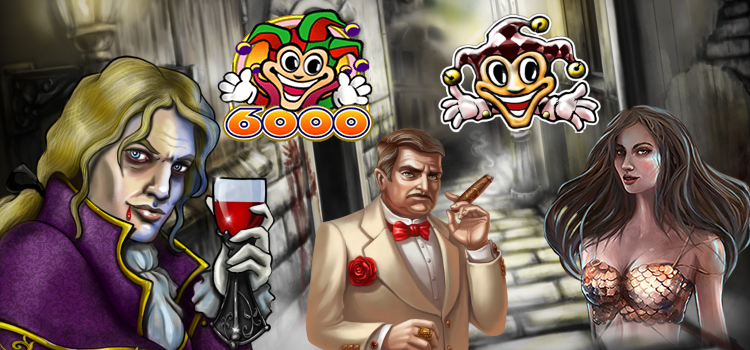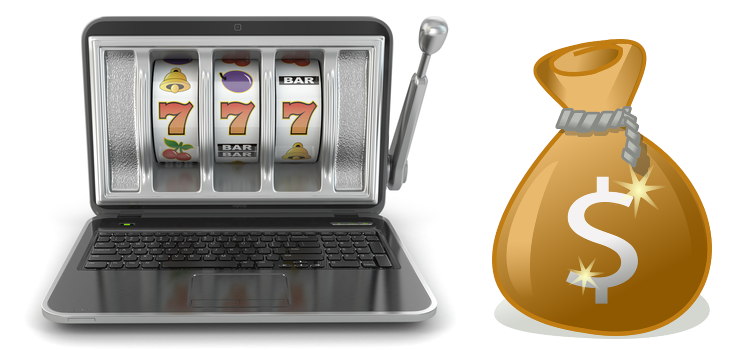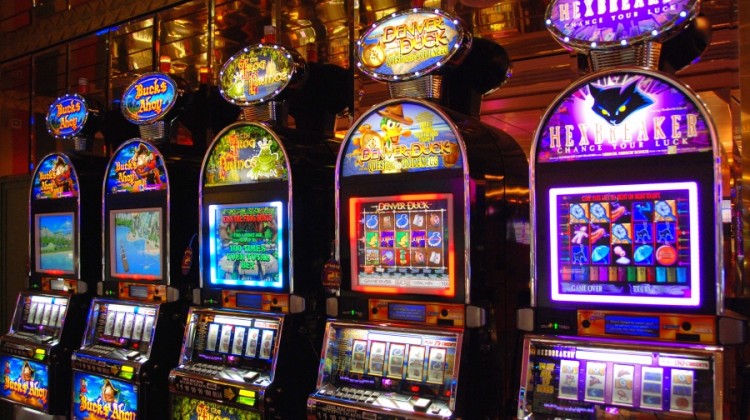Just like a drug or alcohol problem, pathological gambling can rapidly develop into a serious addiction. As with most other dangerous addictions, pathological gambling is primarily a brain disorder related to problems in a dopamine pathway, also known as the “pleasure center” of the mind. Unfortunately, because an addiction to gambling doesn’t involve ingesting harmful substances, pathological gambling is sometimes not treated with the seriousness it warrants.
What is a Gambling Addict?
It might sometimes be difficult to discern a person who engages in casual gambling on occasion from a person with a gambling addiction. In fact, if you have a gambling addiction, you might not even recognize it in yourself. The American Psychiatric Association identifies pathological gambling as a combination of at least five of the following symptoms:
1. Constant preoccupation with gambling, including spending an inordinate amount of time thinking about past gambling experiences and future gambling prospects. This can also include a constant concern about acquiring more money to gamble.
2. A need to wager increasingly larger amounts of money in order to receive the same thrill from gambling.
3. Many unsuccessful attempts to quit gambling.
4. Feeling restless when trying to avoid gambling.
5. Gambling to avoid feeling depressed or anxious or to escape other problems.
6. Risking more and more money in an effort to recoup previous losses. This is known as “chasing losses.”
7. Feeling shame or lying about the amount of time and/or money spent gambling.
8. A relationship, career, education, or goals have been affected by gambling.
9. Desperate need to borrow money to survive, due to gambling losses.
10. Turning to crime in order to get more money to gamble.
As these symptoms indicate, a gambling addiction can open the door to a world of problems, such as accumulating insurmountable debts, loss of employment or relationships due to a preoccupation with gambling or gambling losses, committing crimes to cover gambling debts, constant stress from chasing an ever-increasing spiral of loss, and many more. Overall, pathological gambling can take a severe mental and physical toll on addicts by making them feel powerless and trapped in a wildly out of control life. However, as with other types of addiction, there are treatments available to help addicts confront their demons and regain control.
Treating Gambling Addiction
Left untreated, any kind of unhealthy addiction can easily destroy the life of the addict, as well as inflict pain and suffering on the addict’s family and friends. Fortunately, there are ways to help addicts overcome their addiction. While there are several methods to treat addiction, many people feel that these rehabilitation programs do more to suppress rather than eliminate the dangerous addiction. As a result, there has been an increased effort to develop addiction treatments that attack the problem at the core. At the forefront of this movement is laser therapy.
What is Laser Therapy?
When treating a pathological gambling problem, the aim of laser therapy is to destroy the cravings at the source of the addiction. This is an effort to both end the addiction and protect against backsliding. So how can this be accomplished with lasers?
Remember, a gambling addiction is a brain disorder. This is why laser therapy can have such a lasting impact on a gambling problem. During laser therapy, a mild laser beam signals the brain, which causes it to instantly begin producing endorphins. Endorphins are chemicals found in the brain that can relieve pain and more importantly, combat cravings. The more endorphins released by the brain, the better a person will feel.
When a person is addicted to something, whether it’s cocaine or the thrill they feel from gambling, giving in to their addiction results in a similar endorphin rush. However, when the source is removed, the endorphin receptor sites are depleted, which results in physical cravings for the source of the addiction just to get the endorphin receptors to their normal level. Endorphins are normally produced at a very slow rate so these cravings can become so intense that they are unbearable.
Laser therapy helps to accelerate the production of endorphins, which suppresses the body’s physical need and cravings. Laser therapy also stimulates the production of serotonin, a brain chemical that promotes calm nerves.
Ultimately, laser therapy treatments help to eliminate the addictive cravings for several days at a time, which allows an addict to reassert control over his or her life. As the treatments continue, the addict feels more settled and can ultimately learn new skills and control the dangerous cravings.
It’s important to remember that laser therapists make no claims of a miracle cure. Successfully overcoming an addiction through laser therapy still requires the addict to be dedicated and determined to make several changes. However, according to many fans of laser therapy, the end result-freedom from addiction-is a very real goal.
By Shelia Baxter
Laser Centers for Health provides laser therapy to help you quit smoking, lose weight, chronic pain and much more. Located in Victoria, BC they are convenient and professional. Visit online today.













No Comment